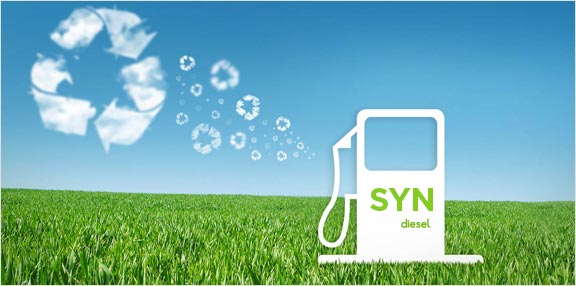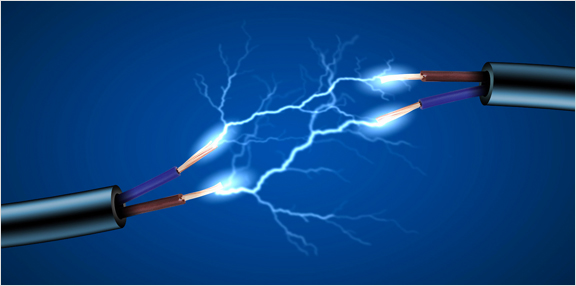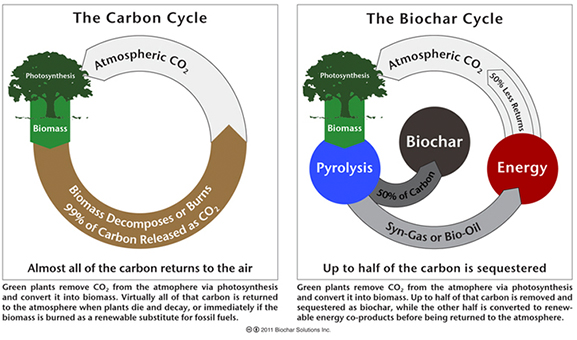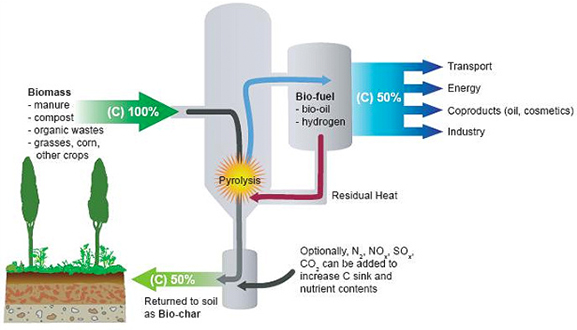Green-Diesel

Consisting of chemicals with a wide range of molecular weight distribution that can be used as a direct replacement for Standard Diesel used in energy generation among other uses.
One of the unique aspects of the GGII pyrolysis technology is that it will create 10,000 litres of euro grade green diesel everyday, seven days a week, 50 weeks a year, using just 20 tonnes of suitable dry feedstock per day. The syn-diesel is refined to meet international fuel standards and can be used as a standard grade diesel.
Syn Gas

Syn-gas, or synthetic gas, is the name given to volatile gas that has been created by the pyrolysis chamber and containing varying amounts of carbon monoxide and hydrogen.
The syn-gas produced is used to power both the generation turbine(s) and the Pyrolysis plant.
Electricity generated from 20 tonnes of waste per day, using the syn-gas method will supply 2 MW.h of green renewable energy supplied directly to the national or state electricity grid. Using the latest power generation technology, we are able to maximise returns in Energy Generation.


